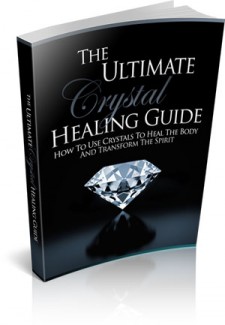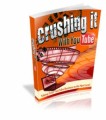 License Type: Master Resell Rights
License Type: Master Resell Rights  File Size: 3,999 KB
File Size: 3,999 KB File Type: ZIP
File Type: ZIP
 SKU: 20818
SKU: 20818  Shipping: Online Download
Shipping: Online Download
Ebook Sample Content Preview:
Minerals are considered as one of the most essential natural resources in the world. They naturally occur in solid chemical substances.
They are often formed through multiple geological procedures. Most of them have a very diverse chemical composition. They are highly ordered atomic formations and have explicit physical properties.
When it comes to composition, minerals differ from simple salts to complex silicate. Minerals have different uses and most of them are either grown or owned.
Crystals, on the other hand, consist of atoms, molecules and ions which are arranged in a repeating outline that spans all three spatial dimensions.
This method is known as solidification or crystallization. Initially, crystals begin as liquid particles and they solidify. The structure of crystals varies depending on the fluid chemistry from which they are formed.
Minerals vs Crystals
Minerals and crystals are different not only in the ways in which they are used. They also differ when it comes to formation. Simply put, crystals consist of multiple natural materials.
Crystals are classified as cubic, hexagonal, orthorhombic, monoclinic, rhombohedral and tetragonal shapes. They are also believed to have healing properties and are used in multiple relaxation procedures.
Crystals are light in color and have translucent features. Some of them have the ability to reflect light into diverse colors. Depending on the rarity and structure of the crystals, some of them are cheap while others are not.
Furthermore, minerals are divided into two categories - the nonsilicates and silicates. Silicate minerals are substances that have the fundamental unit of silicate mineral.
The non-silicates, on the other hand, are divided into multiple classes such as sulfides, elements, hydroxides, carbonates and many more. Non-silicate minerals are quite rare as compared to the other type.








